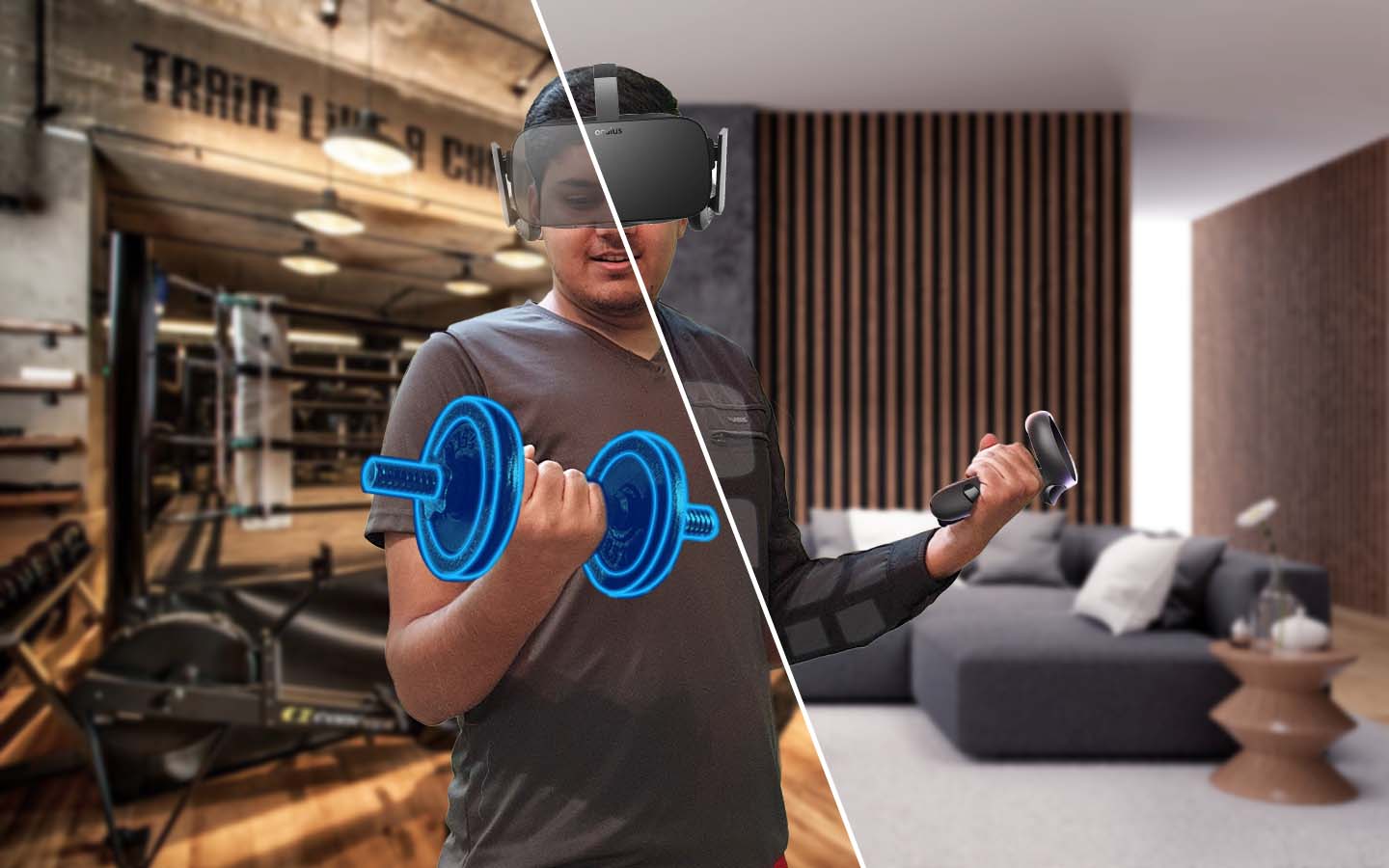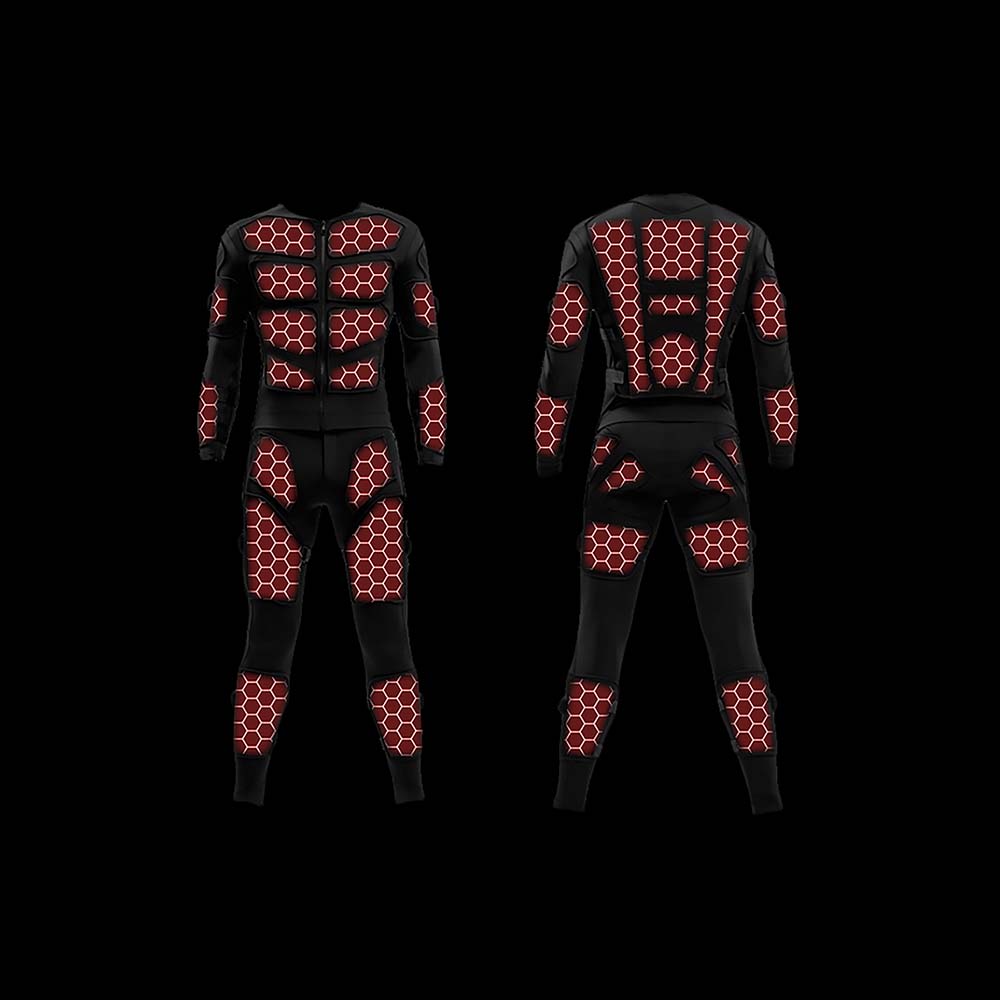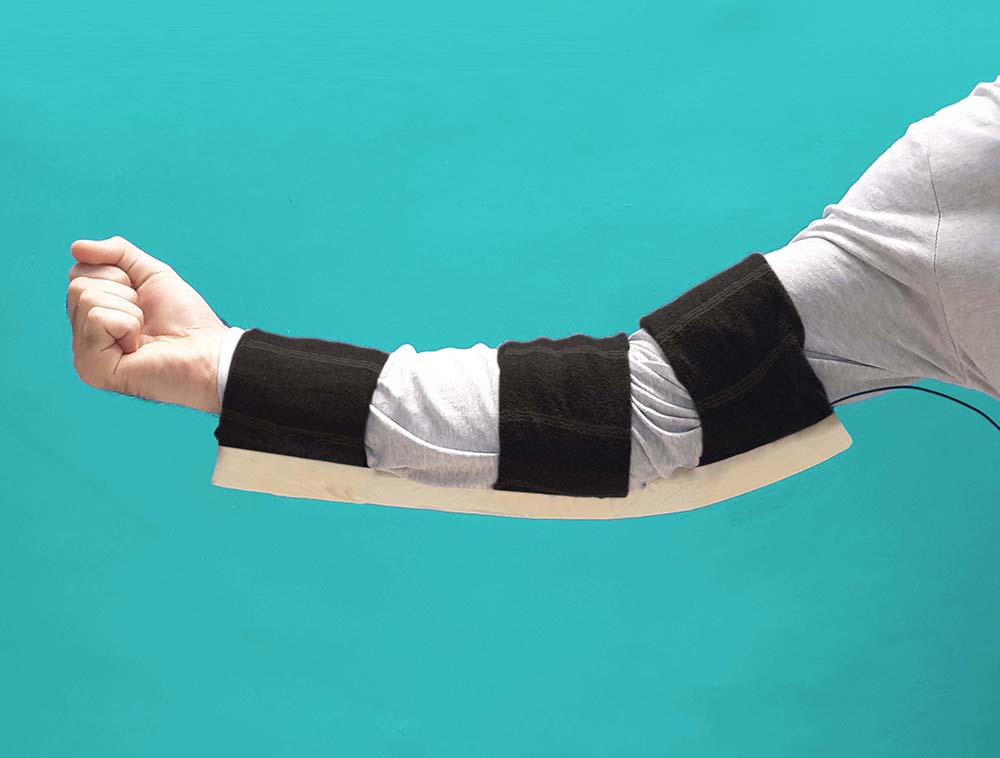A wearable device that would allow the user to get physical feedback from the VR environment such as touch, thrust, squeeze as well as stimulation of weight through angular restrictive forces.
The Challenge
Over the last few years, the VR experience has tremendously improved especially in terms of visual perception with high resolution and high refresh rate display options along with high fidelity binaural audio, giving way to platforms that allow for the creation of impressive experiences. The other senses such as somatosensory, gustatory, olfactory, remain yet to be satiably addressed.
Project Armatus aims to improve somatosensory tactile stimulations, including inter alia pressure, temperature, light touch, vibration, pain, and other sensations that are attributed to different receptors in the skin. The scope of applications would be vast, ranging from leisure to rehabilitation.


Our Intent
The bodysuits and gloves that are being explored in the industry and in academia, mostly revolve around haptic feedback alone. Though this allows the user to get sensory responses from the VR environment, they are sensually shallow responses that cannot be truly and intuitively felt and understood. Some designs inspired by soft-robotics and artificial muscles are based on thread-based systems or pneumatic systems and seem to be more promising in terms of the level of immersion, however also bringing in factors that would hurt production prospects.
The solution has to consider various aspects that would dictate its potential impact, driving us from just a "cool" project to something actually useful.
Designs & Developments
There are two types of feedback that the project presently strives to address: first is to do with tactility and all that it encompasses, while the second is to do with stimulating a false sense of weight through controlled resistance at joints.
On exploring various options, we have come to lean towards the understanding that a solution, feasible for scaled production without compromising on the deliverable quality of experience (with the exception of solutions based on neurostimulation), may have to be based on Smart Materials and designs inspired by Compliant Mechanisms. Early developments utilising embedded in show potential to stimulate touch, thrust, squeeze as well as the ability to control resistance to bending which could be used to give users a sense of weight or grip.
For more information, reach us at: ide@aufenbach.com
